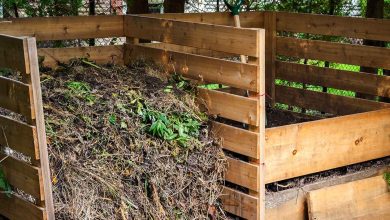What do carnivorous plants eat?
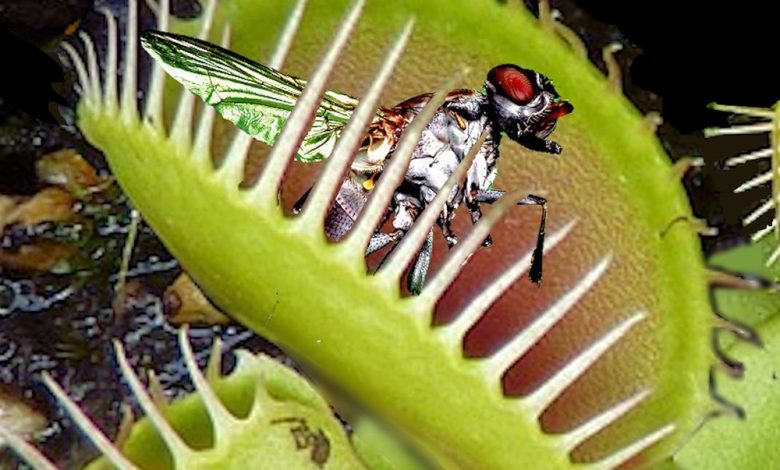
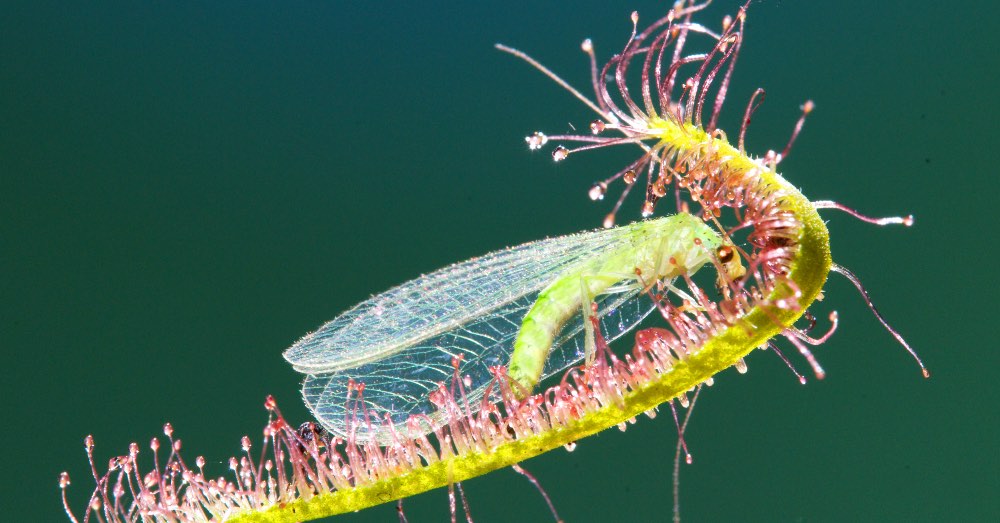
When we start growing these plants, it is more than common to wonder what carnivorous plants eat. A logical question since, taking into account their name, we can think that they desperately need meat in their care. However, let’s break a spear in favor of some simply unique plants. Because, while it is true that they are a rarity of nature, they do not give us any reason to be afraid of them.
We say this because, influenced by science fiction, we have a distorted view of these incredible plants. And nothing like seeing it with practical examples. We are not only wondering what carnivorous plants eat. In addition, we imagine hunting insects non-stop or even including one more steak on the shopping list to feed them. And no: having one of these incredible plants will not mean much to us.
So let’s learn a little more about what carnivorous plants eat by clearing up the unknowns that usually accompany them. A way to lose the respect that many people have for them but, above all, to cultivate them as they need.
5 DOUBTS ABOUT WHAT CARNIVOROUS PLANTS EAT
Let’s start by understanding something that is part of the list of curiosities of carnivorous plants, and that helps to understand what they are like. Originally, these surprising and unknown plants come from two very different places on earth. Some do it from swampy areas while another good number of them are native to desert areas of our Planet. Two scenarios that share a characteristic: being poor in resources that can be used by plants.
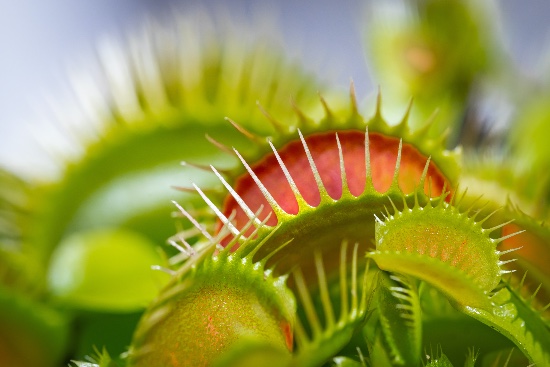
This detail is, for biologists, the trigger that caused carnivores to seek new forms of food. A fascinating plant evolution that makes them a true rarity, since they have been able to develop mechanisms that allow them to use animal protein for their survival. Something unprecedented in the botanical world that, however, has its particularities when we grow them in our homes. And yes: it is essential to know them to prevent our carnivore from being ruined by an excess of food.
So let’s answer some common questions that arise around what carnivorous plants eat. The best way to grow them correctly, and enjoy their almost! martian beauty.
1. Is it essential that they eat insects?
The million dollar question. And the answer is not categorical: it is not essential but, at the same time, it can be. Let’s clarify this to understand it better.
In the wild, carnivorous plants hunt regularly and without outside help. But the fact that they are able to catch insects does not necessarily mean that their survival depends on them. The truth is that carnivorous plants can survive perfectly only by photosynthesising. And if, along the way, an insect falls into its jaws, all the better.
The only big difference between a carnivorous plant that hunts and one that doesn’t is its rate of growth. But yes: in the absence of insects, as sometimes happens when we grow them indoors, our plant can continue with its life.
2. Do we have to feed our carnivorous plant?
Again, the answer is ambiguous. As we have just seen, carnivorous plants grown as houseplants do not necessarily require insects to survive. It is enough that we faithfully follow the care of carnivorous plants, paying special attention to the specifics of each species, so that they live without major problems.
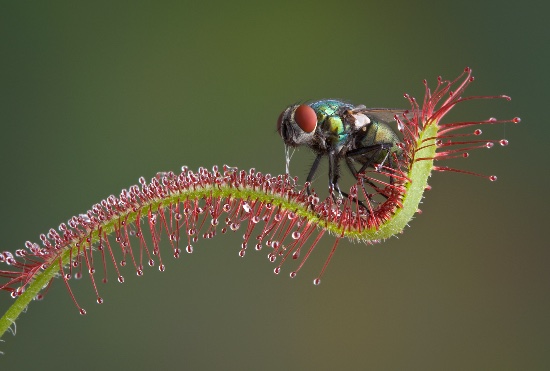
However, if we notice that our plant hasn’t hunted for many weeks, we can offer some help. Although let us be clear: it is not essential. If we choose to give it something ourselves, the ideal is to administer it using tweezers and depositing it in the hunting area of our plant.
And be very careful with your appearance. We will never be able to administer to our plant an insect killed with an insecticide. If we do, our plant will also be poisoned.
3. How often does a carnivorous plant need to eat?
Since it is a natural mechanism, the truth is that there should be no feeding pattern. What’s more: one of the main problems of those who feed their plants is that they tend to overdo it. Something that can be harmful and even compromise the life of the plant.
When we consider what carnivorous plants eat, there is something that usually catches our attention. When our plant catches an insect, it remains closed for a long time «digesting». A detail that can make us think that something is wrong. However, calm down: this process is very slow and can even last for weeks. The reason is that plant enzymes that are responsible for this process are not as effective as those of animals.
Therefore, if we choose to help our plant to feed, we will only do so if we detect that it has not hunted anything for at least a couple of weeks.
4. Does a carnivorous plant eat any type of insect?
They are chosen, why deny it. So much so that they even discriminate the type of insects they eat. Or, put another way, they don’t eat pollinating insects. A certainly striking detail, and that responds to natural wisdom. For some unknown reason, carnivorous plants have managed to learn to differentiate their prey, and never devour those who have the option of perpetuating their species in their paws.
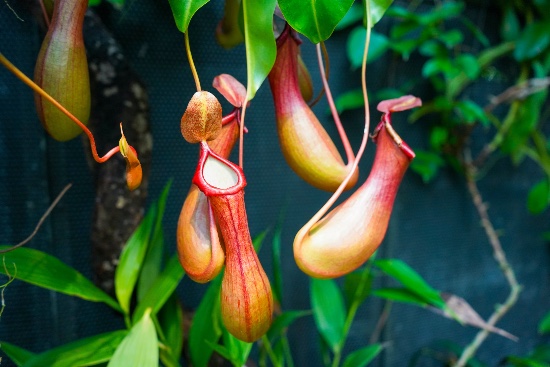
If we choose to feed them ourselves, it will always have to be a small prey such as a spider or a fly. And an unpleasant detail: the ideal is that it is alive.
It is important to rule out larger insects, since they can break the plant tissues of the plants.
5. If I have my carnivorous plants outdoors, do I have to feed them?
If indoors they can pass perfectly without being fed, outdoors even less. If we grow our plants outside the house, they will have access to those insects that are around them.
And now that you know what carnivorous plants eat and we have broken some of the myths that surround them, do you dare to discover them in the first person?

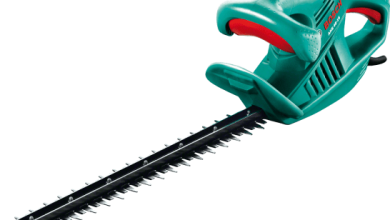
![Photo of Brachychiton Tree: [Planting, Care, Watering, Substrate]](https://www.complete-gardening.com/wp-content/uploads/2021/06/Brachychiton_1602532992-390x220.jpg)
